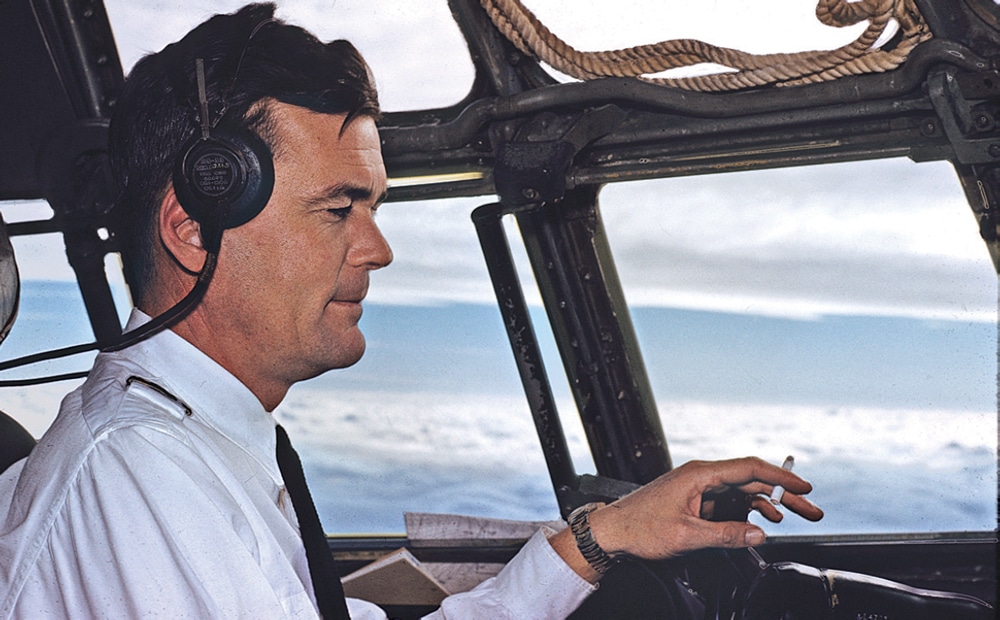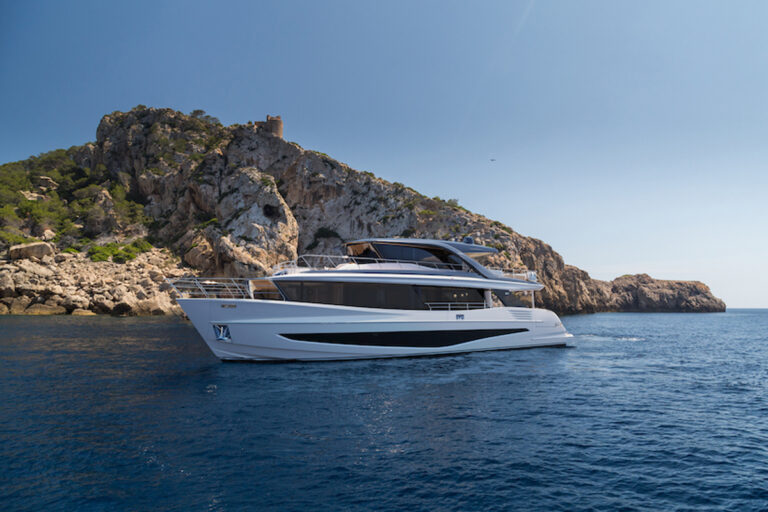
Preflight Check
My late father-in-law drove 33,000 hours for Pan American aboard everything from flying boats to 747s. I remember asking him on a number of occasions if he could share any excitement he might have suffered in his many hours aloft. He would rub his chin, think for a moment and respond, “Nope…pretty boring.” I figure when I hang up my water wings I would like to leave a similar legacy. To achieve this goal I have tried to adopt his pilot’s approach to command. With his background as a check pilot he was a stickler in terms of following procedure. Here are a few habits worth making routine.
Have you ever wondered why a pilot takes a preflight stroll around his ride wiggling the rudder and kicking the tires? It’s to see if anything is going to fall off. We have all been lulled into apathy by an auto industry that preaches mechanical perfection. Can you imagine a car without a dipstick? I couldn’t until I spent an hour searching for one on my wife’s new car. The dealer proudly explained that it didn’t need one, “It’s got a light.” Good God! Sitting on one’s duff waiting for an idiot light to signal a problem that you might have been able to anticipate is…well…idiotic. Before “takeoff” I do a visual inspection of Anhinga and if something is falling off I screw it back on. I visit the engineroom to look for leaks and yes…I check the dipsticks and the coolant expansion tanks. Even electronic engines use oil and water. I check hydraulic fluid levels for steering and trim and I don’t trust inaccurate electric fuel gauges—I keep a log.
Years ago I flew aboard a Grumman Mallard to the Bahamas. I found it curious that a flying boat with the same length overall as Anhinga required a copilot. At the time I was in the habit of flying Anhinga solo. I realized my folly one day while passing through the St. Lucie Inlet. A zephyr of barbecued fiberglass wafting across the bridge was followed by an exhaust temperature alarm. Had my copilot (wife Nelia) not been aboard to take the wheel while I checked for fire, Anhinga might have landed on the jetty. Make sure that your copilot can determine your vessel’s position and drive if necessary. He/ she should be familiar with the radio(s), EPIRB, satellite phone or any other safety gear you have on board. Your copilot and guests should know where the PFDs are hidden. I found the two pilots on the Mallard reassuring—your guests will likely feel the same way.
While my father-in-law never saw a UFO descend from the heavens, I’ve encountered plenty of UFOs (unidentified floating objects) at sea. The items that I could identify have included commercial fishing nets, phone poles, dead whales, refugees, and a semi-submerged 45-foot sportfisherman— makes ya think! How, for example, can skippers run at speed in the dark? Are they unaware of Darwin’s Theory as it applies to natural selection? Rule one aboard Anhinga—if I can’t see I go slow. Day or night, eyes are ahead and a hand is on the wheel or at the very least my toe is on the autopilot control. I believe that letting the GPS drive hands-off in NAV mode puts a skipper in an operational stupor.
What goes up must come down and airplanes can pretty much handle this on their own these days. Boats may soon be idiot-proof as well. The problem is that it’s more likely that idiots will be driving the boats, not airplanes. Turn off the joystick and learn to work with the wind, current and your crew. Communicate with confidence and authority. I have seen a dock attendant foul a wheel with a dock line and guests attempt to fend off a 100,000-pound boat with their bodies—take charge!
I believe my father-in-law would tell you that a proper routine results in routine, and that’s certainly a good thing!









